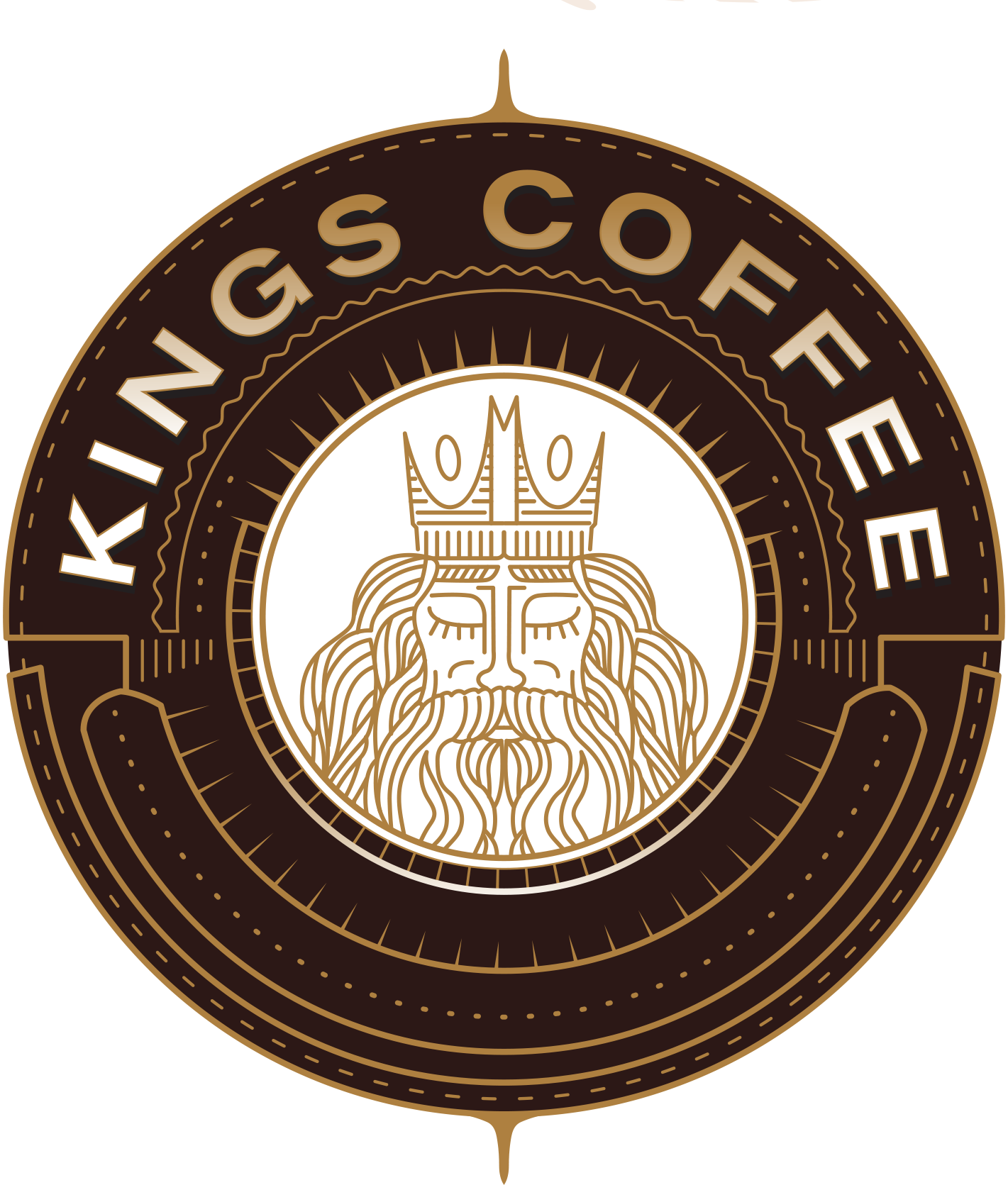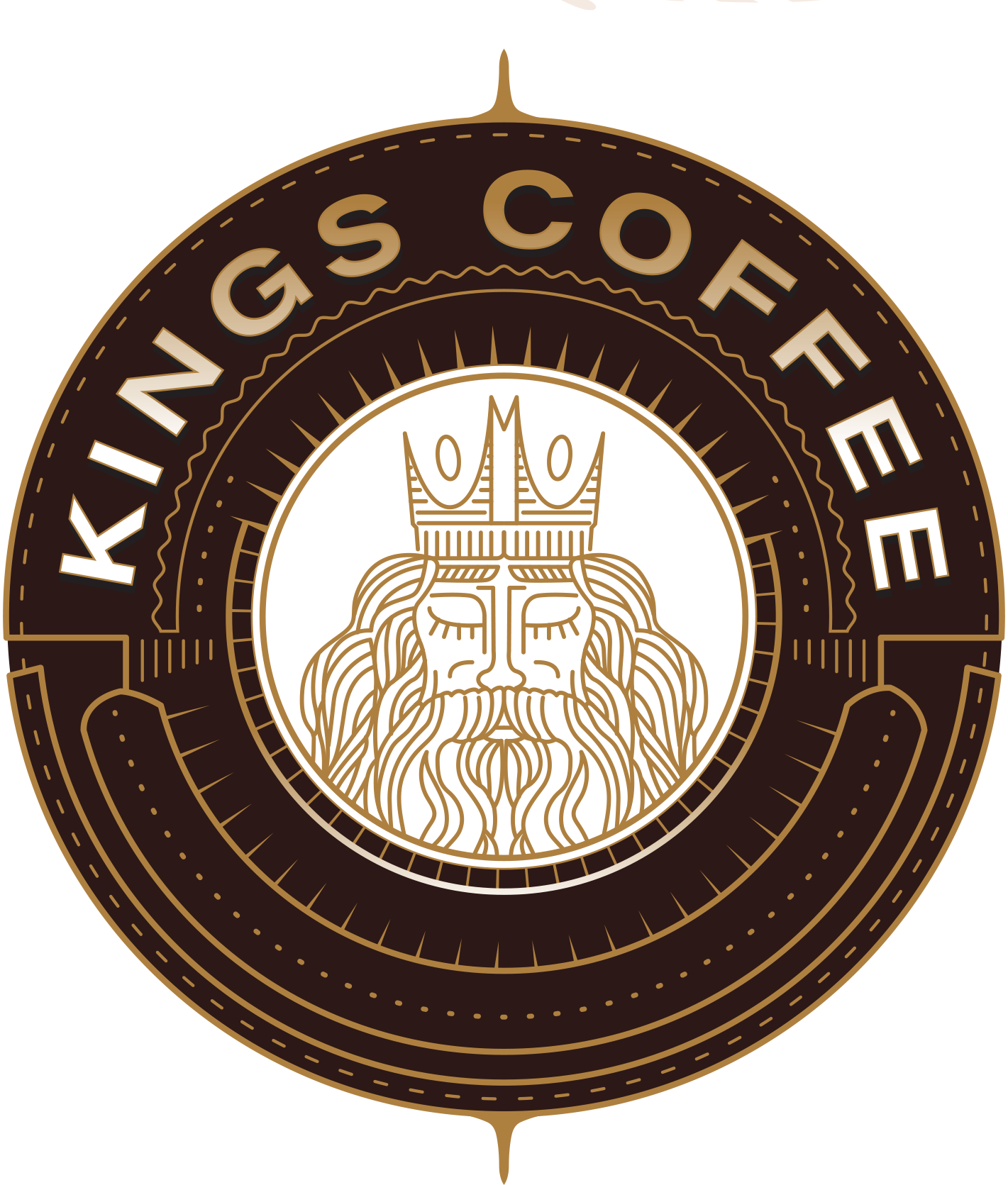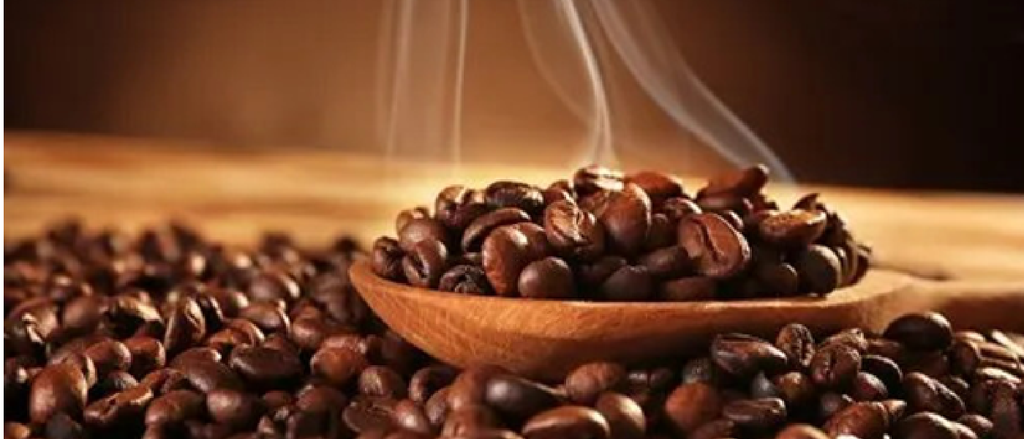
History of coffee: Where did coffee originate and how was it discovered

Coffee was introduced to India during the late seventeenth century. The story goes like, an Indian pilgrim went to Mecca known as Baba Budan he smuggled seven beans back to India from Yemen in 1670 (it was illegal to take coffee seeds out of Arabia at the time) and planted them in the Chandragiri hills of Karnataka.

The Dutch helped spread the cultivation of coffee across the country, but it was with the arrival of the British Raj in the mid-nineteenth century that commercial coffee farming fully flourished. Initially Arabica was widespread, but huge infestations of coffee leaf led many farms to switch to Robusta or Arabica/Liberica hybrids.
Where Did Coffee Originate?

Where did coffee originate? Well, that’s the easy bit. At the very beginning, it came from Ethiopia. But how the bean made it to every corner of the globe? That’s what we are going to dig into.
After a slow discovery in Africa, coffee went west into Europe to be discovered and coveted by the newer civilizations as well as east into Asia where it was planted and harvested.There’s a lot to cover, so grab a cup of coffee and read on.
The World’s Coffee Growing Regions
In halo’s abridgedtake on the world atlas of coffee, An informational guide that take coffee lovers on a global coffee tour of coffee growing regions we will explore, explain and guide readers to enjoy the best coffees from around the world.
The Bean Belt

Globally there are three primary coffee growing regions – Central and south America, Africa and southeast Asia. These regions are all located along the equatorial zone between the tropic of cancer and the tropic of Capricorn widely known as the bean belt.
Central And South America Coffee Regions
At the top of that Bean belt, is central America most coffee beans in the region come from Guatemala, Nicaragua, EI Salvador, Honduras and Costa Rica.
Costa Rica in particular has superior condition for growing exceptional coffee with incredibly Aromatic flavours. Central America coffee beans as a whole are exceptionally well-balanced, medium-bodied, and mild. They have medium acidity and a clean, bright taste and are enjoyed in almost every speciality coffee shop around the world.
The south America coffee region encompasses Brazil, Colombia, Bolivia, and Ecuador. Colombia coffee is one of the most talked about and popular coffees but its Brazil that produces by far the highest coffee volume in the world- a title that the country has held the past 150-year, Brazil boasts the total production of green coffee and arabica coffee, owing to its perfect climate and superior growing conditions.
Africa And the Middle East Coffee Production
The African coffee region encompasses a handful of countries, Namely Kenya, Ethiopia, and Tanzania. Other participating countries include Rwanda, Burundi, and Uganda. This African region produces a unique and complex morning fix with a sweet, fruity, and delicate floral aroma. Most African coffee originate from Kenya on the slopes of Mount Kenya and their beans are often full-bodied and full of sprit-lifting fragrance.
Ethiopia is also a significant producer in the African coffee region accounting for around 3% of the world coffee market, with approximately 60% of Ethiopia’s foreign income coming from coffee production alone.
Southeast Asia
Since the seventeenth century, Coffee has been grown and consumed in southeast Asia: particularly famous for Vietnamese and Indonesian Coffee beans.
The Indonesian Island of Sulawesi, Java, and Sumatra Produce distinct, full-bodied, rich and earthy beans, commonly used in blends. Beans produced here have clean, smooth characteristic, with a juicy fruit taste and nutty Aroma.
Vietnam is the world’s second largest coffee exporter, producing mild, Delicate-flavoured, and medium bodied beans. Several varieties of coffee are grown in Vietnam micro-climates, including Robusta and Arabica.
It’s not just Indonesia and Vietnam that produces excellent coffee. Sumatra’s reputation for producing coffee cannot be beaten with its low acidity, Earthy and rich dark chocolate tasting beans.
What’s the Difference Between Arabica and Robusta Coffee?

Arabica and Robusta are two words that get mentioned a lot in the coffee world. But what do they mean?
Arabica and Robusta are two species of coffee. Take a moment to think back to middle school and high school biology classes. Remember Kingdom, Phylum, Class, Order, Family, Genus, Species? Arabic and Robusta are both part of the Coffea genus, which is in the Rubiaceous family
Arabica Beans
Arabica makes up about 70% of the global production of coffee, and is descended from the original coffee trees found in Ethiopia. Because of what arabica beans need to grow — elevation and a mild climate — and their lower yield than Robusta, arabica takes a higher price on the global coffee market. Arabica beans are known for being mild and aromatic, the kind of thing that specialty roasters go for.
Of course, just because a coffee is arabica does not mean it’s going to be great; there is plenty of arabica produced that does not make the specialty coffee cut.
Robusta Beans
In terms of taste, Robusta beans have a stronger, harsher taste than arabica. As a crop, Robusta is more resistant to disease and parasite, and it can grow in warmer climates. Robusta beans are also higher in caffeine, and are commonly found in blends and instant coffees. In other words, your average supermarket coffee.
Arabica vs. Robusta
Arabica and Robusta beans also look a little different. Arabica beans have a larger, more elliptical shape, while Robusta beans are smaller and rounder. Their chemical makeup is different, too. As mentioned, arabica has a lower caffeine content, but the species also has 60% more lipids and twice the concentration of sugars as Robusta. If you ever have the chance to get your hands on unroasted Arabica and Robusta, you would notice a difference in smell, too; arabica is sweeter and more floral, while unroasted Robusta beans are said to have a scent of grains or nuts.
Now you can drink that morning cup of coffee with just a little more knowledge of exactly what’s in it.


